The smart mirrors market is currently characterized by a dynamic competitive landscape, driven by technological advancements and evolving consumer preferences. Key players such as MirrorVue (US), Seura (US), and Kohler (US) are at the forefront, each adopting distinct strategies to enhance their market presence. MirrorVue (US) focuses on innovation, particularly in integrating smart home technologies into their products, which positions them favorably among tech-savvy consumers. Seura (US), on the other hand, emphasizes luxury and customization, appealing to high-end markets, while Kohler (US) leverages its extensive brand recognition and distribution networks to penetrate various segments effectively. Collectively, these strategies contribute to a moderately fragmented market, where differentiation is increasingly based on technological capabilities and customer experience.
In terms of business tactics, companies are localizing manufacturing to reduce lead times and optimize supply chains, which is crucial in a market that demands rapid innovation. The competitive structure remains moderately fragmented, with several players vying for market share. This fragmentation allows for niche players to thrive, while larger companies can leverage economies of scale. The collective influence of these key players shapes the market dynamics, as they continuously adapt to consumer demands and technological advancements.
In October 2025, Kohler (US) announced a partnership with a leading smart home technology firm to enhance the connectivity features of its smart mirrors. This strategic move is significant as it not only broadens Kohler's product offerings but also aligns with the growing trend of integrated smart home ecosystems. By enhancing connectivity, Kohler aims to attract a broader customer base that values seamless integration of technology in their daily lives.
In September 2025, Seura (US) launched a new line of smart mirrors that incorporate advanced AI features for personalized user experiences. This initiative reflects Seura's commitment to innovation and positions the company as a leader in the luxury segment of the market. The integration of AI not only enhances user interaction but also sets a new standard for functionality in smart mirrors, potentially influencing competitors to follow suit.
In August 2025, MirrorVue (US) expanded its manufacturing capabilities by investing in a new facility in the Midwest. This expansion is strategically important as it allows MirrorVue to increase production capacity and reduce shipping times, thereby improving customer satisfaction. The investment also indicates a long-term commitment to the US market, which may enhance their competitive edge against international players.
As of November 2025, the competitive trends in the smart mirrors market are increasingly defined by digitalization, sustainability, and AI integration. Strategic alliances are becoming more prevalent, as companies recognize the need to collaborate to enhance technological capabilities and market reach. Looking ahead, competitive differentiation is likely to evolve from traditional price-based competition to a focus on innovation, technology integration, and supply chain reliability. This shift suggests that companies that prioritize these aspects will be better positioned to capture market share and meet the demands of an increasingly sophisticated consumer base.

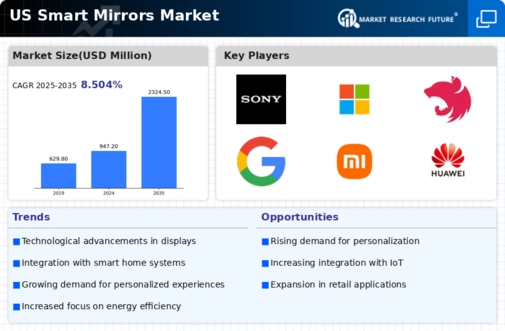

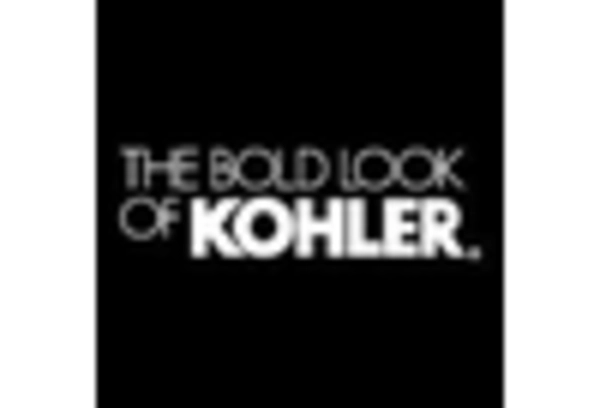
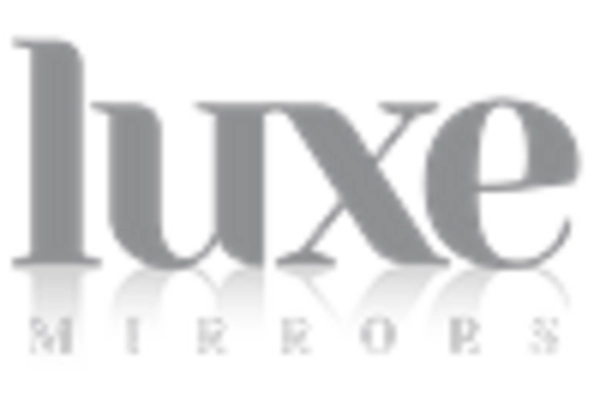
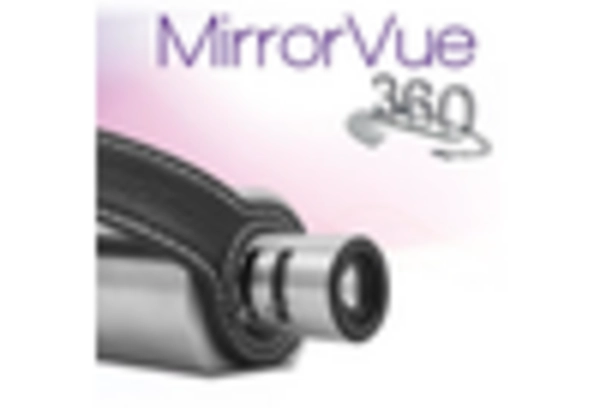

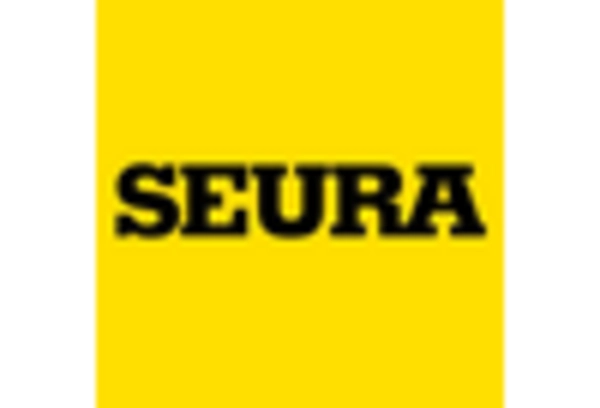








Leave a Comment